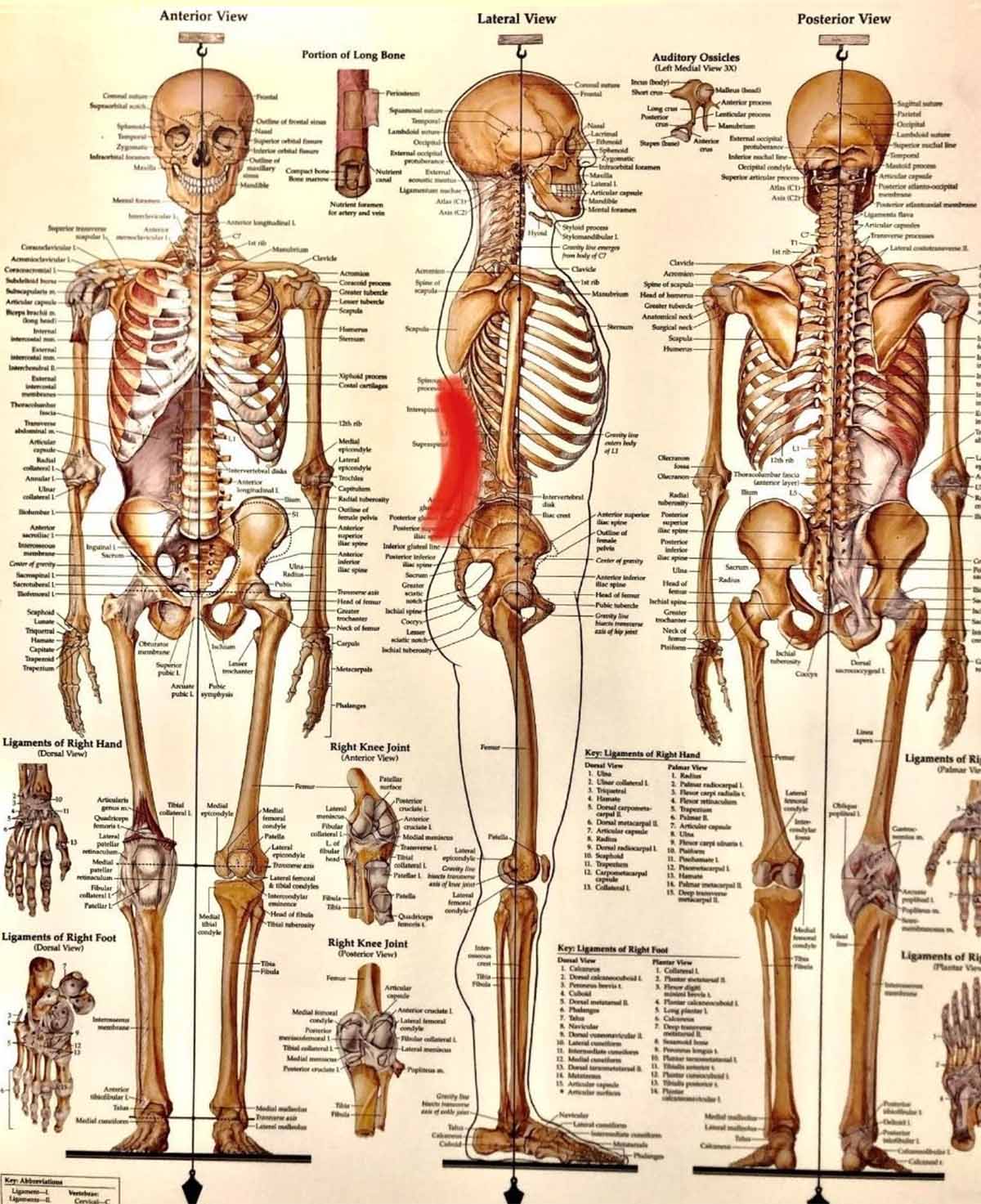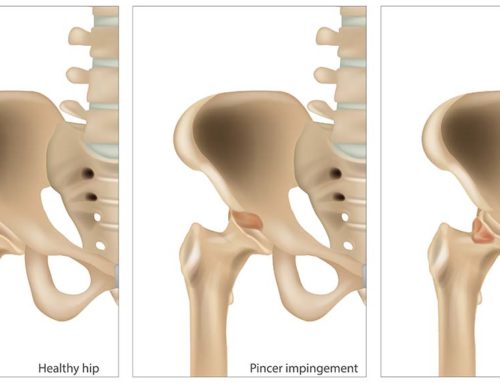The Importance of Spine Neutral in Recovery
By: Dr. Kevin McIntyre B.Kin., DC
For many patients with lower back pain, the early stage of recovery focuses on reducing symptoms and allowing the painful area to settle down. This does not mean bed rest, but we may recommend that a person refrains from doing activities that irritate the already irritated tissues. This is a complex discussion that will be different for everyone. The person’s attitudes and beliefs, the diagnosis and the extent of discomfort are some of the variables that may change the discussion and plan of management. One way to continue being active and able to carry out daily tasks without perpetuating the tissue irritation is a movement strategy that focuses on keeping the spine in a comfortable position. We’ll call this spine neutral.
What is Spine Neutral?
The concept of spine neutral has been around for a very long time in the treatment of lower back pain. In recent years the term has come under much scrutiny in the scientific community as many of the original beliefs have been questioned. The way I explain this to patients and how much emphasis I put on it is much different than when I was a new graduate. In the early days of my career, my opinion was more rigid, partly due to a lack of clinical experience, and perhaps the literature at the time was more confident in the importance of a neutral spine. Yet, I still find it a very useful tool in guiding patients through the initial stage of their recovery when they are in a lot of pain. Being more mindful of your spinal position when your lower back is painful can be helpful and this is a good way to start the discussion.
The posture seen above is called the anatomical position. In this picture, the red line shows the lumbar lordosis, where there is a mild curve in the spine. Most practitioners would refer to this as spine neutral. It is believed to be the posture that places the spine under the least amount of stress. The theory is that when in spine neutral, the spinal discs and joint structures equally share the compressive load of a person’s weight. Slouching would be an example of the opposite. In theory, when we slouch, we may overburden certain parts of the spine and create an unequal distribution of weightbearing. Again, when I was fresh out of chiropractic school, I was more adamant that lower back pain patients (and everyone for that matter) sit, stand, lift and exercise in a spine neutral position. I don’t necessarily agree with that anymore as the literature has challenged this idea. Despite what social media has led many of us to believe, slouching is not necessarily bad, and there really isn’t any scientific evidence to support one perfect spinal posture or movement. Spines are designed to move. Changing our position often is very important. Nevertheless, I still find that assisting patients in finding a “home base” or comfortable carrying posture in the lower back is helpful when pain is present. Personally, this is how I define spine neutral with my patients and this comfort position is usually an effort to mimic the posture in the picture; provided it is NOT painful.
It’s easier and more natural to be in a neutral position when you stand and walk, but most people tend to slouch or flex their spine when sitting. Again, this isn’t always such a bad thing for the spine, but I have found that more mindful attention to being positioned in a neutral posture helps to alleviate symptoms when the spine is irritated. A very important point here is that any effort to adopt this spine neutral position cannot be painful. If someone with lower back pain can sit with their spine in a more neutral position with relative comfort and ease, we’ll try and keep that position when sitting and carrying out tasks to see if it helps to settle down the pain while allowing you to continue living.









